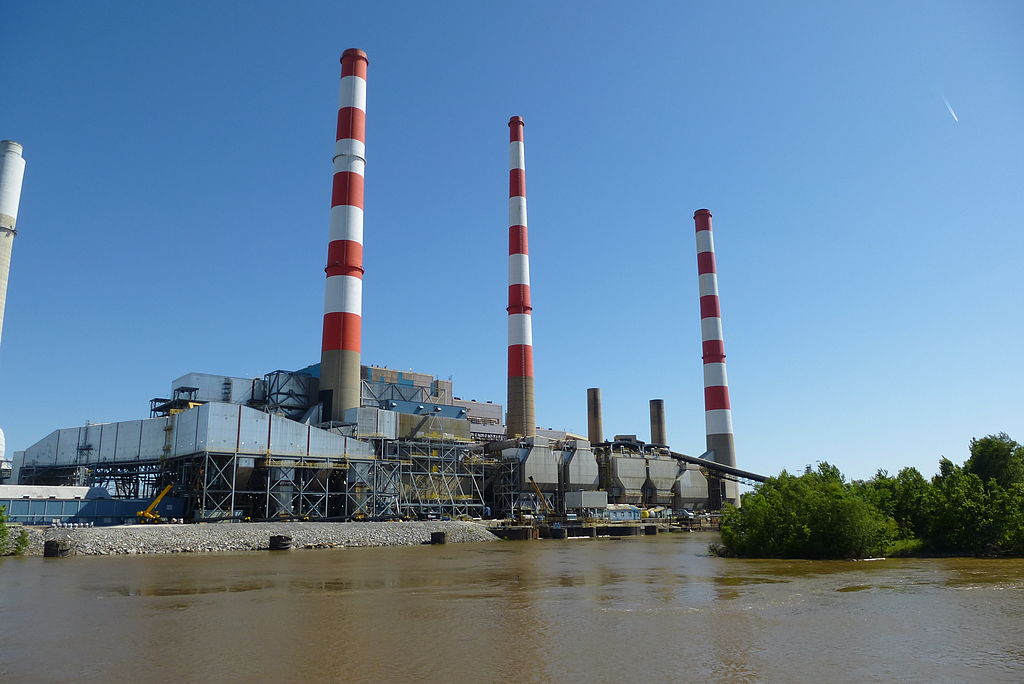
It didn’t take long for the latest environmental mandate proposed by the Obama administration to start drawing sharply divided responses from within the US. Amid all the debate, the shale gas industry finds itself in an enviable winner-take-all position.
The Environmental Protection Agency’s (EPA’s) “Clean Power Plan” requires the country’s 1,600 fossil fuel-fired electric power plants to cut carbon pollution by 30% from 2005 levels by 2030.
